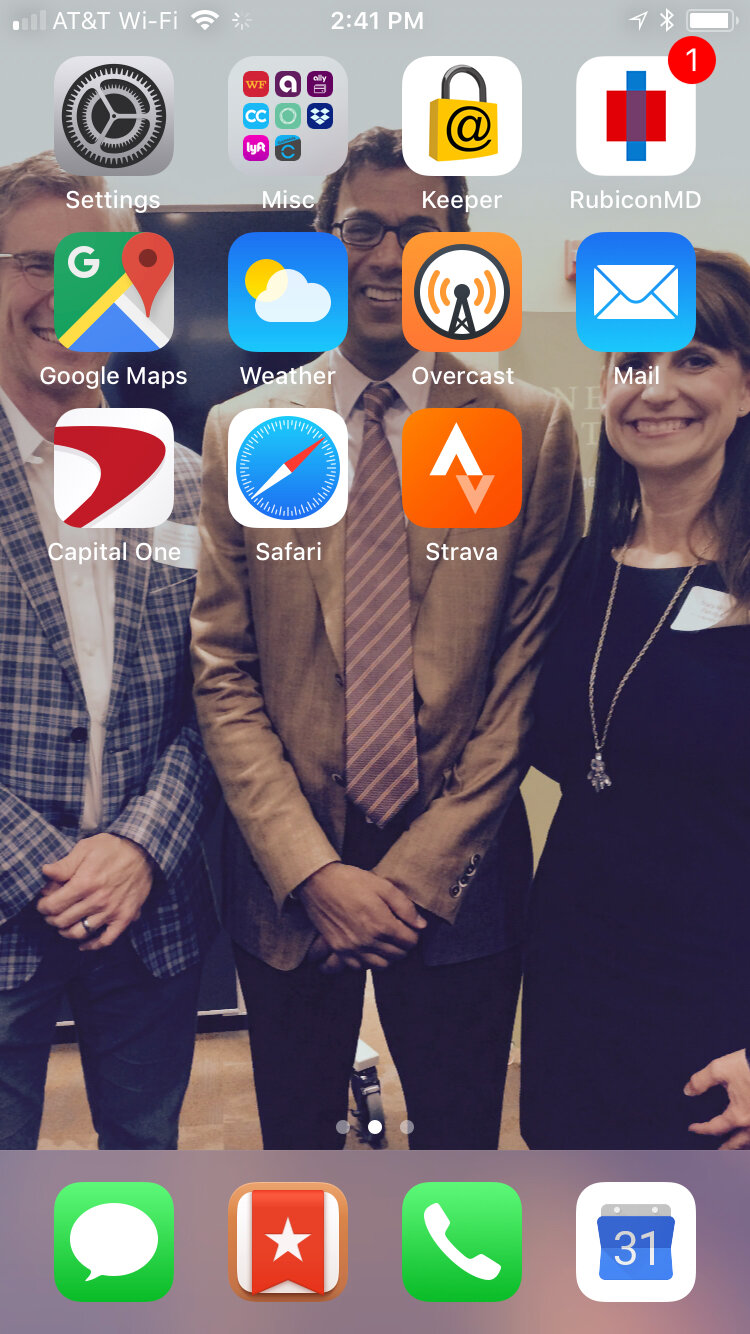Spend even a little bit of time in the literature and blogosphere surrounding productivity culture, and you’ll read that “discipline is freedom.” Writers almost always attribute it to Aristotle, but he probably never said it, at least not in the context in which it is usually applied. And I know it sounds like what a dystopian government would print above the entryway into a forced labor camp. But its softer interpretation has some merit in medicine. Let me explain.
Many investigators frame the regulation of medicine according to scope. “Macroscopic” regulation, they say, comes in the form of payer policy, some of the things that Matt, Shelley, and I rant about in this post almost weekly.
“Microscopic” regulation, though, is where our notion of discipline may apply. It refers to things like safety initiatives and professional practice guidelines at the institutional and clinician levels. Take the “hemoglobin A1c” level, the nearly ubiquitous marker of diabetes control. If your personal physician adheres to the American Association of Clinical Endocrinologists’ guideline on diabetes, for example, he might treat you to a goal hemoglobin A1c level of ⩽6.5% for your diabetes. But if someone else’s doctor is a member of the American College of Physicians, she might aim for a more relaxed number for an A1c goal, like 7-8%.
A physician group seeing your employees should be able to defend their treatment target. I promise that they obsess over it in training and in evidence-based medicine conferences. But maybe more importantly, regardless of the physician’s treatment goal, he or she should be able to articulate how they intend for the patient to get there. Medicine now has a substantial body of evidence proving that structured treatment algorithms tend to outperform artisanal, patient-centered, off-the-cuff physician recommendations at the bedside. Sticking to diabetes as our example, we know that nurses and diabetes educators, following rules set by endocrinologists, tend to perform at least as well as doctors in getting patients’ A1c levels down to an acceptable range. We know that nurses outperform doctors in the treatment of gout when given a set of rules to follow. And in maybe the most famous example of this, we know that medical assistants operating in systems that give them rules and resources for the care of patients with high blood pressures perform astonishingly well (paywall), with control rates exceeding almost every other practice in the world.
The “discipline” here is the willingness of the nurses and medical assistants to follow rules set out for them by the care team. The “freedom” is the doctors’ ability in these systems to work as doctors. Instead of getting bogged down in the thick of therapeutic inertia, the doctors can focus on what they were really trained to do: diagnosing tricky cases, developing good relationships with patients and other providers, and designing treatment plans for the fraction of patients whose disease states don’t neatly fall into one of the algorithms.
Have you experienced any protocol-based care, such as chemotherapy, diabetes treatment, or management of things like gout or hypertension? We’d love to know your experience!
As the Medical Director of the Kansas Business Group on Health, I’m sometimes asked to weigh in on hot topics that might affect employers or employees. This is a reprint of a blog post from KBGH.




